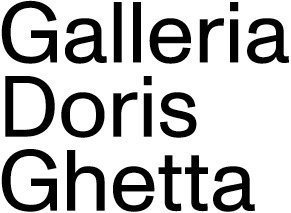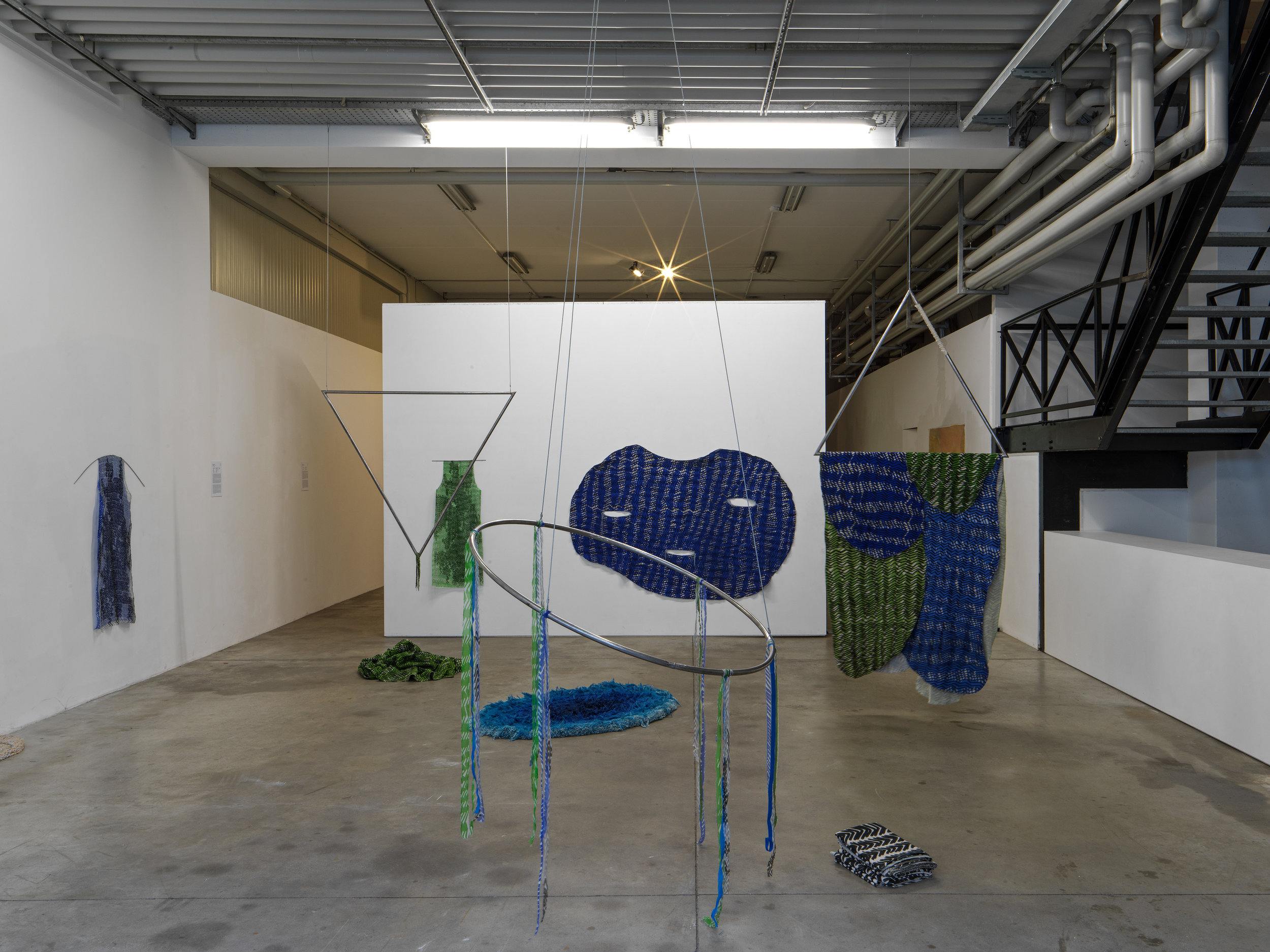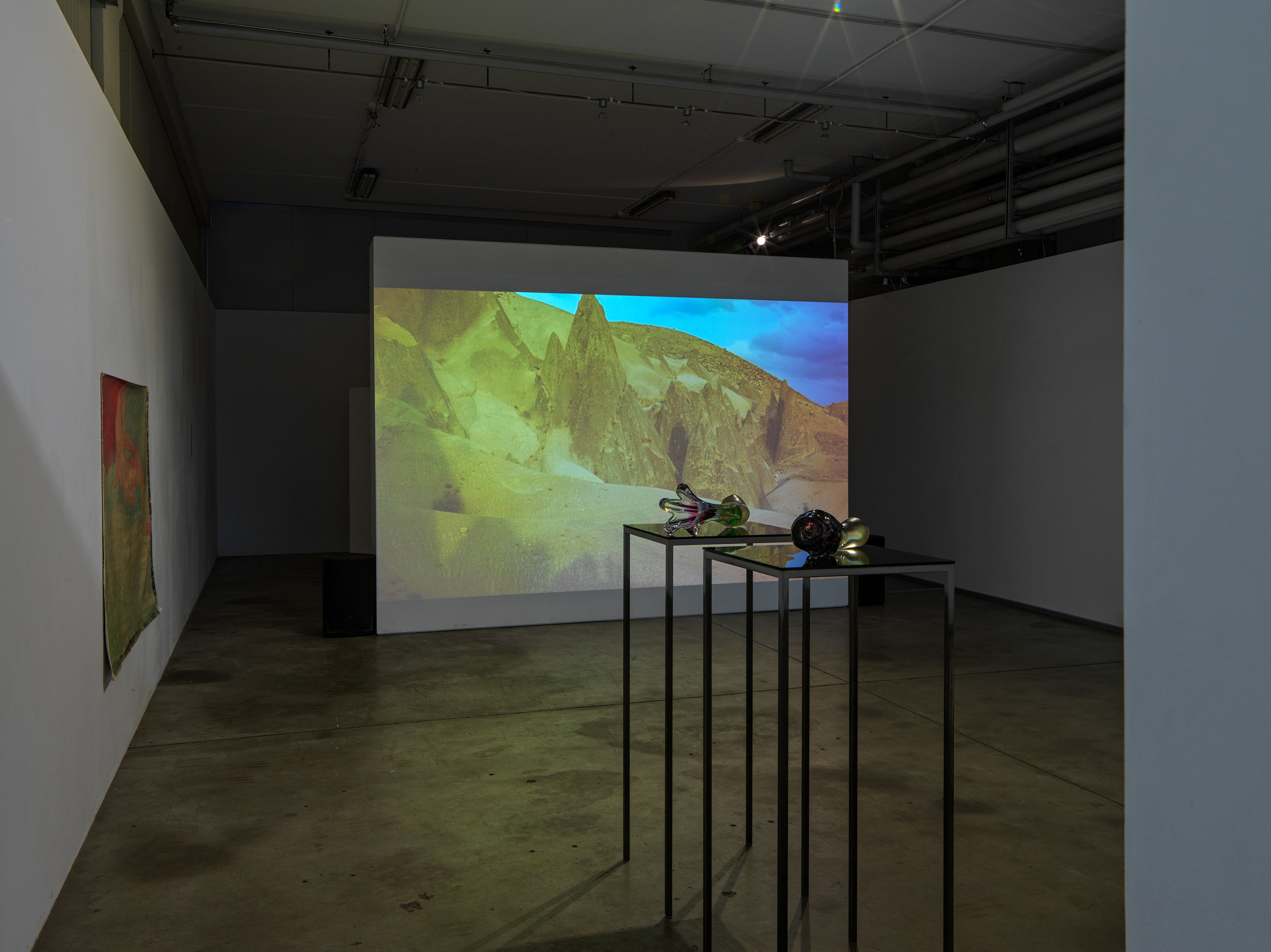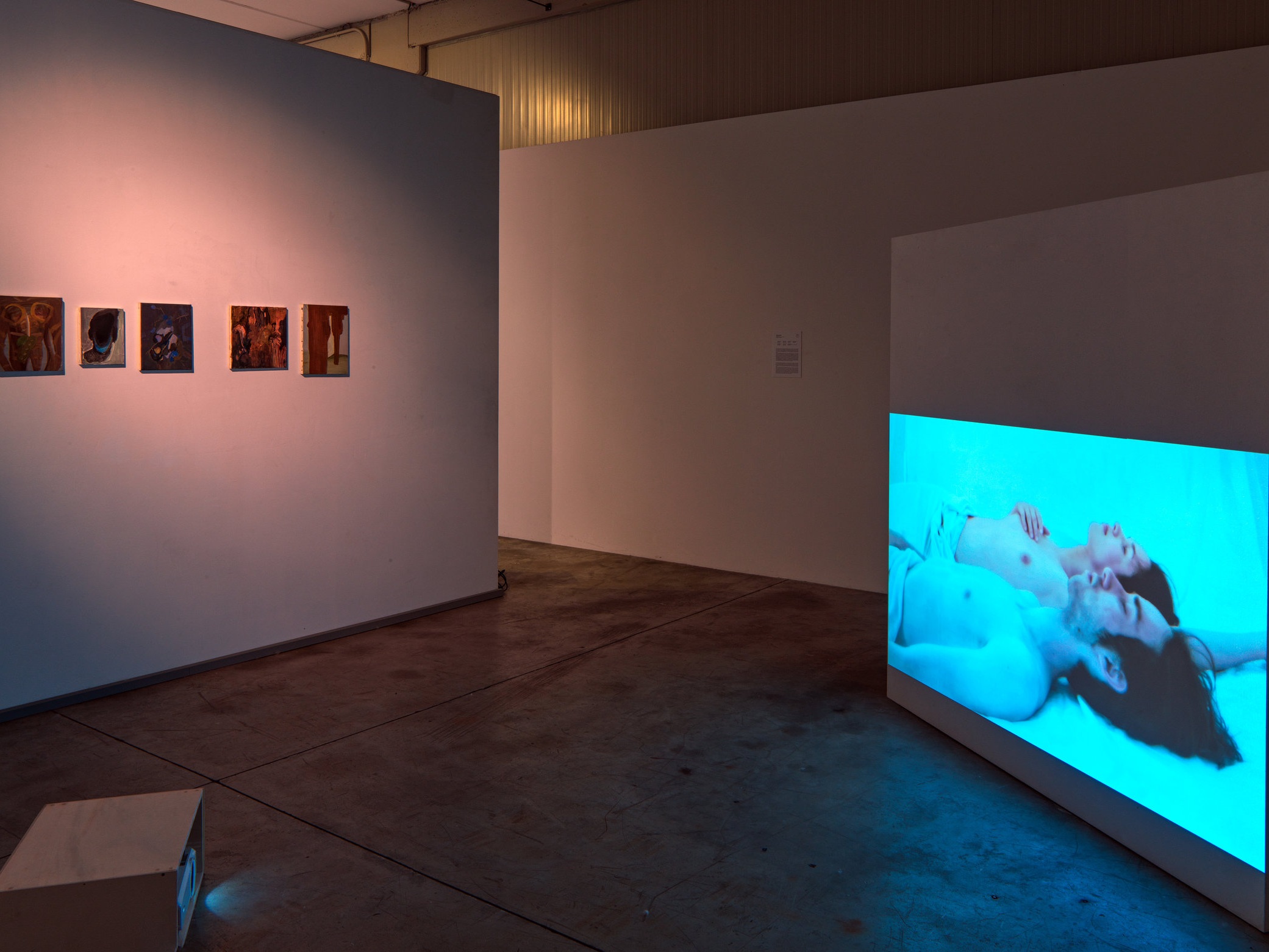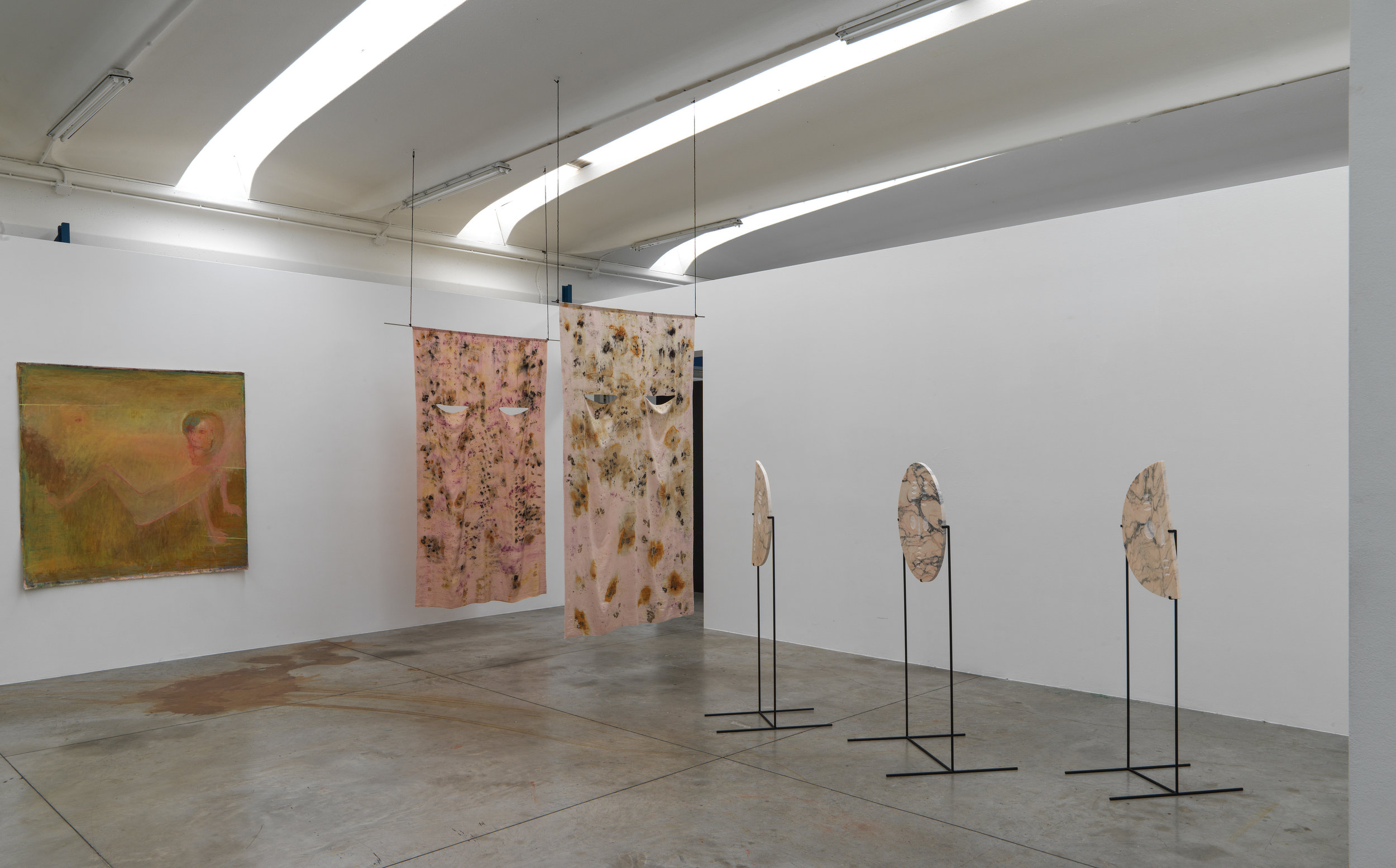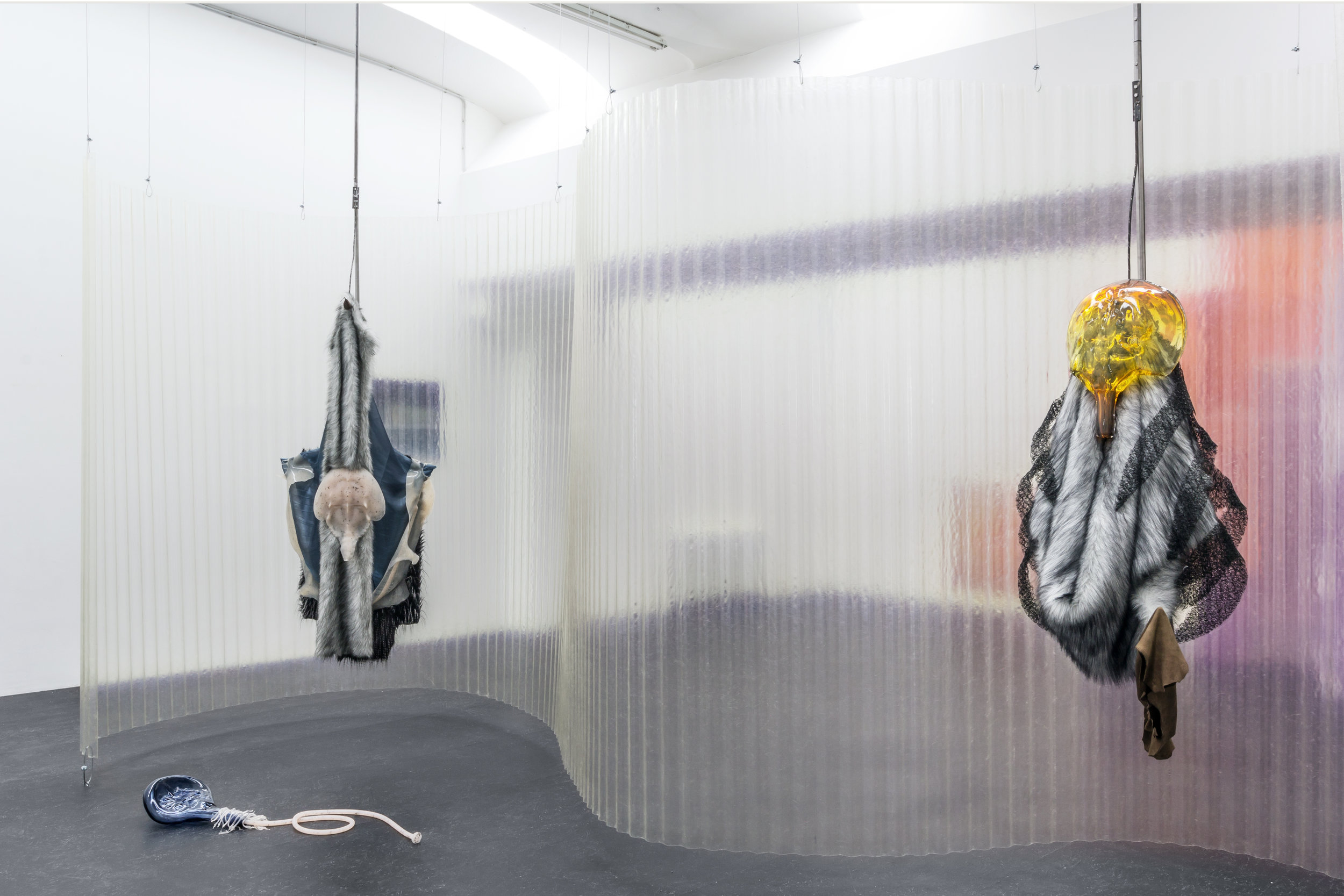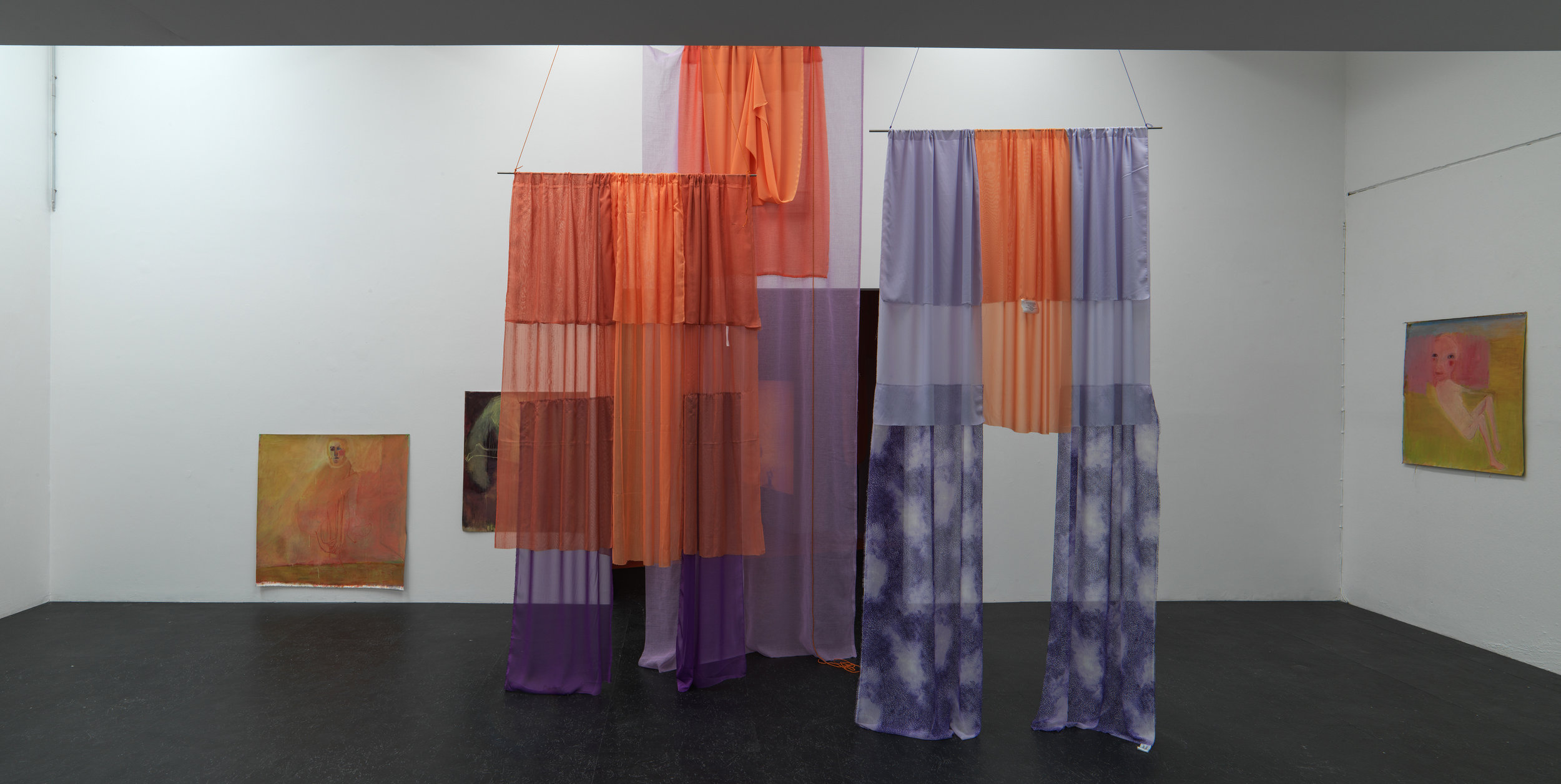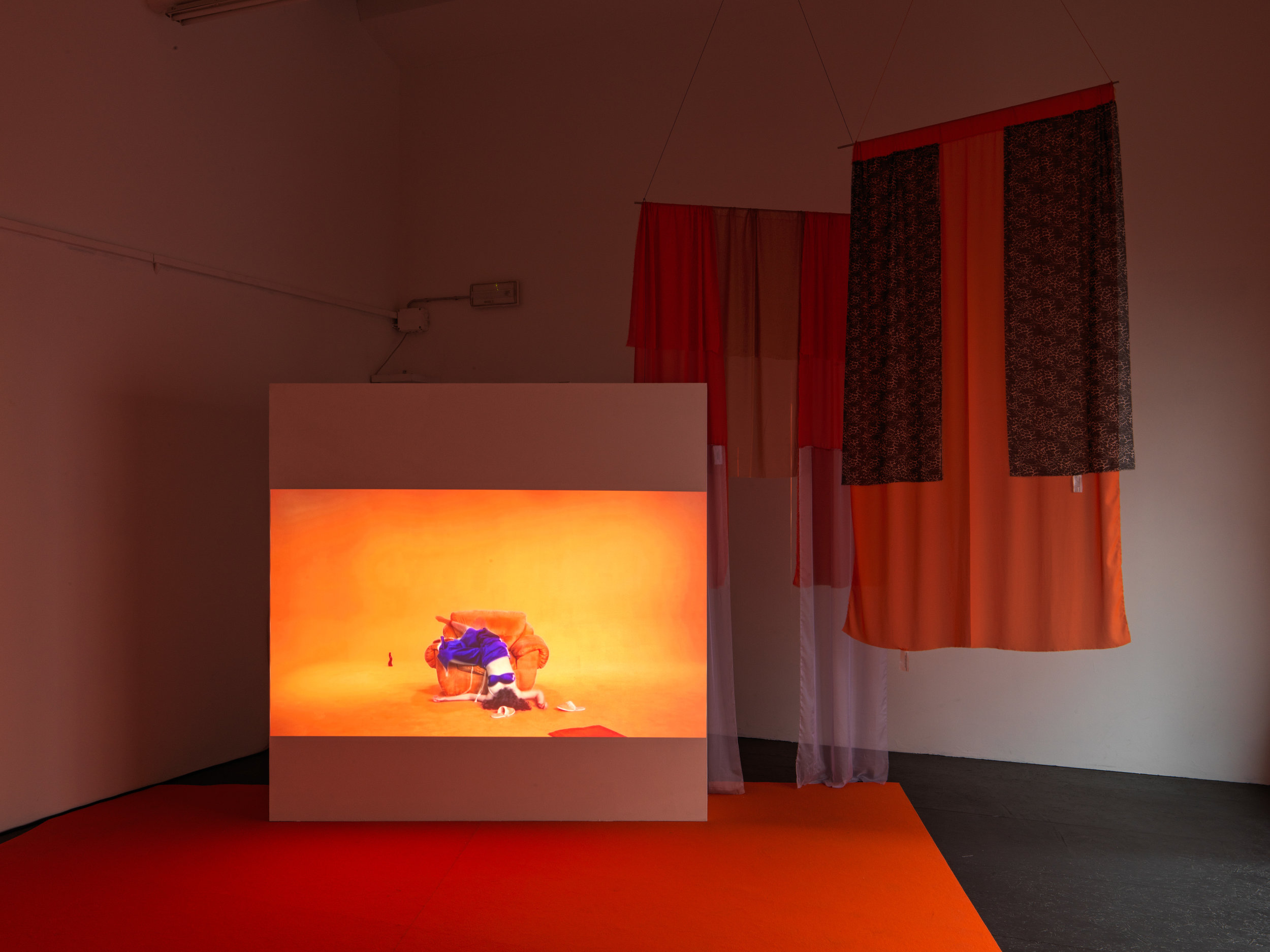RUN THE WORLD (GIRLS)
Run the World (Girls)
artists: Alketa Ramaj, Barbara Gamper, Barbara Tavella, Pakui Hardware, Sári Ember, Ursula Mayer, Valentýna Janů
curated by Adam Budak and Sabine Gamper
Vernissage, Friday, 24th May 2019
with a performance of Barbara Gamper and Be van Vark
May 25 – July 20 2019
Press release
comunicato stampa
Pressetext
“Everything I do not know forms the greater part of me: This is my largesse. And with this I understand everything. The things I do not know constitute my truth.” Clarice Lispector
New Girl is not only the title of a whimsical teen sitcom premiered on Fox in 2011 and featuring Jessica "Jess" Day (Zooey Deschanel), a bubbly teacher in her early thirties who comes home to find her boyfriend, Spencer, with another woman and leaves him immediately to look for somewhere else to live. Just as Spice Girls is more than just the name of a 1990s girl group – the most iconic, successful of all time – whose Geri Halliwell recently made the claim that ‘the original Spice Girl’ was Winston Churchill. A new girl has now, inevitably, appeared on the horizon to redefine the dominant all-male, heteronormative standards of a society in turmoil due to the reawakening of gender emancipation. In the words of French philosopher Alain Badiou, ‘She will be the girl who is determined to become the new woman, the woman that women are not and must become, the woman who is fully involved in the creation of symbols (…) This girl, as yet unknown but who is coming, will be able to proclaim, is probably already proclaiming somewhere, to the sky empty of God: Beautiful heaven, true heaven, look how I change!
In addition to references to the imagery of pop icons, which describe a very powerful mainstream discourse, the Run the World (Girls) exhibition posits an alternative way of exploring and representing female identity. The artists involved unearth possible stories, methods and learning that has been written out of history, immersing themselves in the mythology of profound, ancient knowledge seen as a nexus of myth and gender, as well as in the knowledge of stories lived by women down the centuries, inscribed to date in female bodies and minds, to explore new gender identity and create new visual horizons.The title of the exhibition, Run the World (Girls), suggests an ironic stance, not devoid of playfulness vis-à-vis contemporary subjects colonized by the collective consciousness of omnipresent pop imagery. And the exhibition itself is a collage of pop culture references, a project that positions itself at the crossroads between Beyonce’s Wonder Woman model and Chris Kraus’s seduction and sarcastic praise of masculinity, its aim being to map the influence anxiety that shapes our single identities and social behaviour. New mythology is waiting around the corner as our imagination as well as our daily lives are colonized by the (forced) fantasies of newly proclaimed heroines and goddesses, nonchalantly commuting between the cinematic screen and reality, our dreams and the theatrics of the everyday.
In an ironic game, the works on show question normative and everyday culture through common images and fantasies. But they also act subversively against conventions, proposing the idea of a transgressive and disobedient body and transcending the rigid boundaries and sexual stereotypes of our everyday culture to reassert female subjectivity as a model of fluid, nomad identity, as described by Rosi Braidotti with reference to the philosophy of Gilles Deleuze. Run the World (Girls) questions new visual territories in a highly unconventional manner to create models for possible future identities and address the new possibilities offered by technology and science.Run the World (Girls) is born of the conviction that a certain paradigm shift has taken place in psychosomatic discourse and perception of the female subject. A new visual formal language redefines feminine sensitivity and post-feminist identity, heralding the advent of a new girl, and the birth of a new intimacy that reconsiders the performative self and sees (gender) identity as the performance of an emancipated subject and a masquerade focused on the representation of a fragmented, virtual body, simultaneously over-politicized/hyper-sexualized and zombie-like, desensitized, absent and desireless. The guest artists stage the female self as a spasmic psychotic subject in transition, reinventing its corporeality, enhancing its discursive sexuality, feverishly oscillating between the urge for self-empowerment and the troublesome simultaneity of activism and nihilism, aware of the vulnerability of an inherent self-eroticism and an impossible innocence of a new body regime in what Paul B. Preciado calls the ‘pharmacopornographic era’.
The guest artists at Run the World (Girls) are affected by reality and encompassed by multiple relations, which they try to bring together in a strong vision of the self. They celebrate the metamorphosis of the female body by sampling, re-assembling and citing materials, organs, identities and roles. Through history women have often been connected with hysteria and, as the other part in a split body-mind mentality, they have been reduced to emotional and incontrollable beings, close to the world of animals. In this exhibition, the artists celebrate emotional self-expression as a vital form of living. They perform hysteria as self-empowerment, meditate upon the possible emancipatory potentials of merging with the non-human world, the world of animals or plants or machines, renegotiating gender formations as an interaction in a crazy dance of encounters between different kinds of species and models, all part of an ongoing unpredictable process.Adam Budak
Sabine Gamper